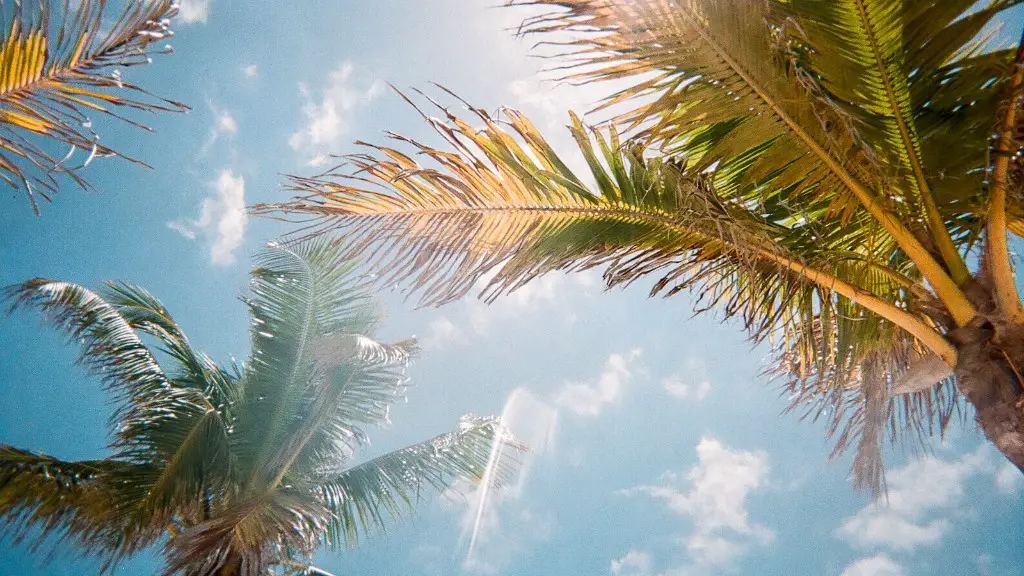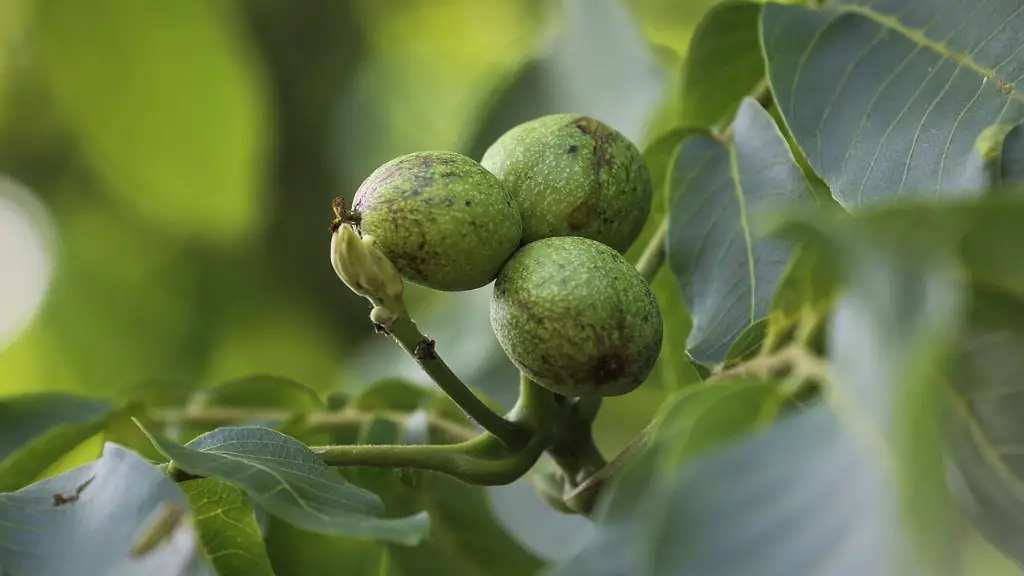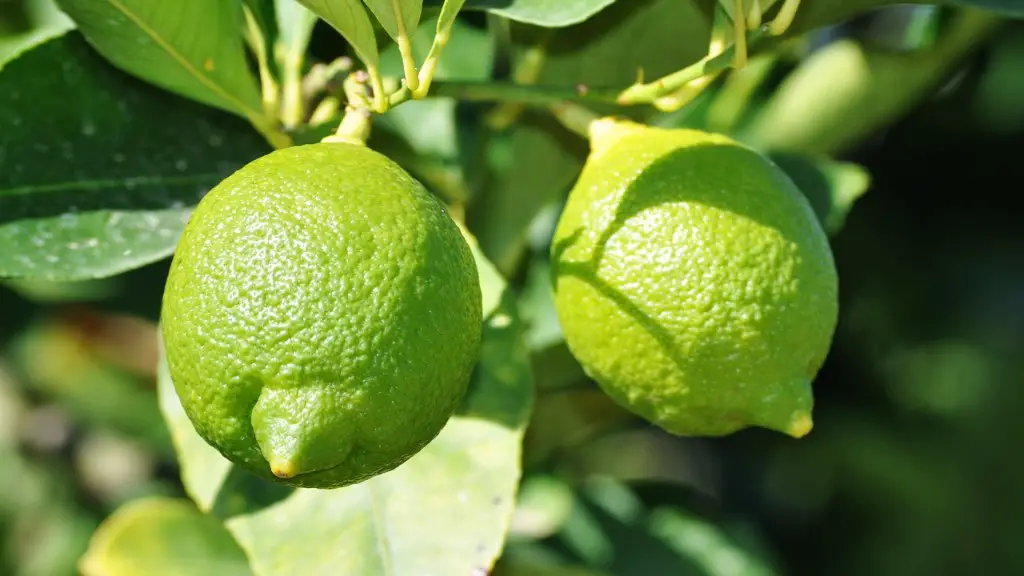Before you Start Painting
Whether you are a budding artist or an experienced painter, one of the most rewarding aspects of the hobby is creating a beautiful painting of your own. Painting a palm tree with acrylics is no exception. Before you start painting, you need to ensure you have the right materials. You will need high-quality acrylic paints, your preferred kind of brush, water, and some kind of palette. Once you have these materials ready, it is important to take the time to prepare your canvas. Choose a large piece of primed canvas and evenly spread a layer of gesso over it in order to create the ideal surface to paint on.
Choose Your Colours
Once you have your canvas prepared, it’s time to choose your colours. Start with the lighter shades and work your way to the darker ones so that you can achieve a more gradual gradation of colour. When it comes to painting palm trees, remember to use warm colours such as oranges and yellows to signify sunshine and a tropical setting. Don’t be afraid to experiment with different colours if you feel a different palette will best suit the painting.
Create a Rough Sketch
Once you have chosen your colours and have your materials ready, it is time to create a rough sketch of your painting. Start by deciding where you want the tree to be in proportion to the space you have available on the canvas. Remember to keep in mind the size of the tree relative to the rest of the painting. It is important to decide where the main elements, such as the trunk, branches, and leaves, will be placed. This will help you to plan the overall look of your painting and give you a sense of perspective.
Create a Background
Once you have your rough sketch ready, it is time to create the background of your painting. Choose the background colours you wish to use, taking into consideration how they will contrast with your tree. Feel free to mix and match different backgrounds for a unique look.
Start Painting
Now it is time to start painting! Begin by painting the trunk and branches of the tree first as they will serve as the base of the palm tree. It is important to pay attention to the details; use long, agile strokes for the branches and precise strokes for the leaves. Then, use a fan brush to create the leaves of the tree, starting from the middle and working outward. To complete the painting, use thicker and darker colours for the shadows cast by the leaves and trunk. Finally, add any details you wish to add for a more realistic and textured look.
A Gradual Blurring Effect
Once you have the basic elements of your tree painted, it is time to add a more dynamic look to the painting. To create a natural-looking blur effect, add a layer of clear gesso to the entire painting. Use a wide brush to blend the colours together, and don’t be afraid to experiment with different brushstrokes. By doing this, you will be able to create a more radiant and lifelike look.
The Finishing Touches
The last step is to add the finishing touches. Use a paintbrush to add any highlights or shadows you deem necessary, as this will help create a more three-dimensional look. Additionally, you can use a detailing brush to add any extra texture or fine details you may want. When painting a palm tree, remember to keep the details subtle as these are the little details that give the painting a natural look.
Resources
Once you have finished the painting, you can add any additional resources you wish to create a more realistic-looking tree. For instance, you can use sticks or twigs to create a more realistic trunk, or palm branches to add texture to the leaves. You can also use foliage and flowers to paint a vibrant and lush-looking tree. As you can see, there are plenty of options when it comes to adding resources to your painting. Take the time to explore your options and find the right elements to make your tree come to life.
Applying a Varnish
The last step is to apply a clear varnish to your painting. Use a brush to evenly spread the varnish all over the canvas. This will add an extra layer of protection and will also help to make the colours more vibrant and intense. Once you have finished applying the varnish, your painting is complete! Take the time to admire your masterpiece.
Practice Makes Perfect
Like any skill, painting a palm tree with acrylics takes time and practice. The more you practice, the more confident and competent you will become. Remember to take your time and enjoy the process. With patience and dedication, you will create a painting of a palm tree that you can truly be proud of.
Adding Movement and Depth
When painting a palm tree, it is important to focus on adding movement and depth to your painting. To do this, use few, yet precise, brushstrokes. This will create gradual shifts in colour and help your tree to look more lifelike. Additionally, adding dynamic lighting effects by mixing warmer and cooler tones will help bring your painting to life.
Different Brushes
When it comes to painting a palm tree with acrylics, you will need to use different brushes to achieve the desired effect. Depending on the look you are trying to achieve, you can use either firm or soft brushes. Firm brushes are useful for painting intricate details and hard edges, such as the details of the trunk and branches. Soft brushes are better for painting the more organic shapes of leaves, providing a more naturalistic look.
Experiment with Different Palettes
When it comes to painting palm trees, don’t be afraid to experiment with different palettes. Mixing different shades of greens, blues, and yellows can help you create a totally unique look. You can also add a touch of red to your painting to create a more dramatic effect. Just remember to always keep the tones natural-looking so that they don’t overpower the painting.
Mix Colours on the Palette
When painting a palm tree, it is important to mix the right colours together on the palette. Start by mixing a base colour and then gradually add hints of black or white to adjust the intensity of the colour. Doing this will help you get the desired colour for each element of your painting. Additionally, you can use a fan brush to mix the colours together on the palette, which will provide more control over the colour mixtures you create.


